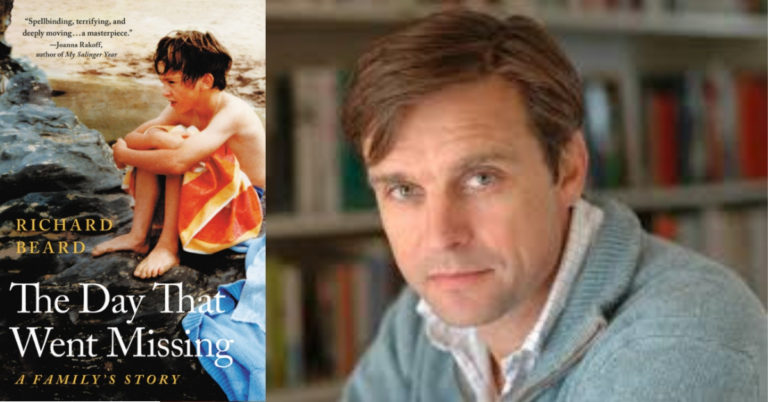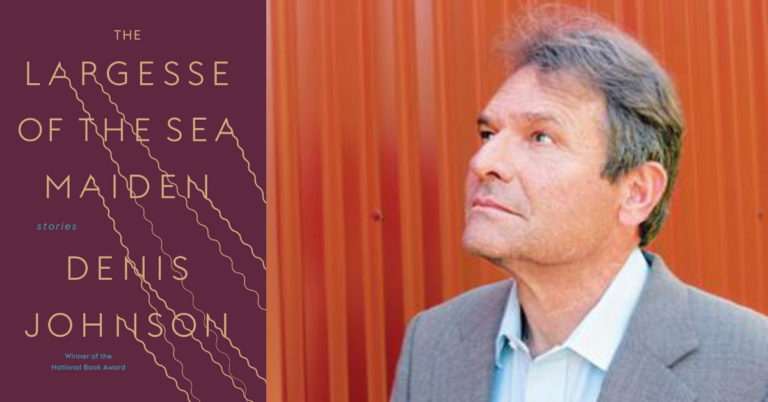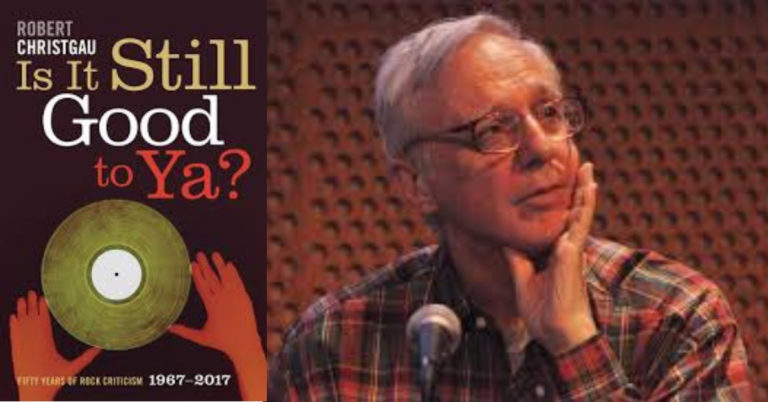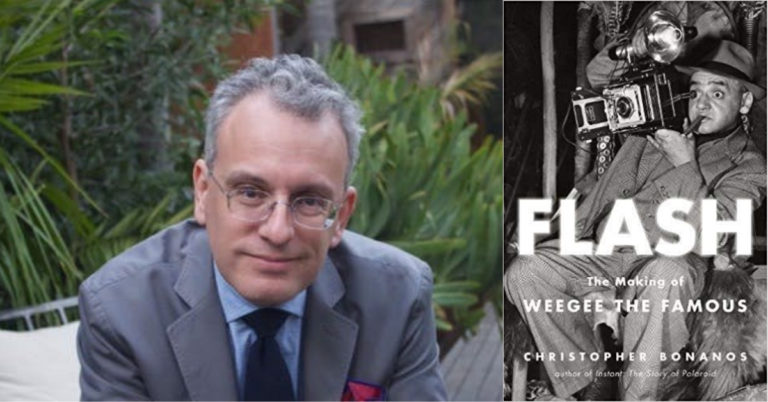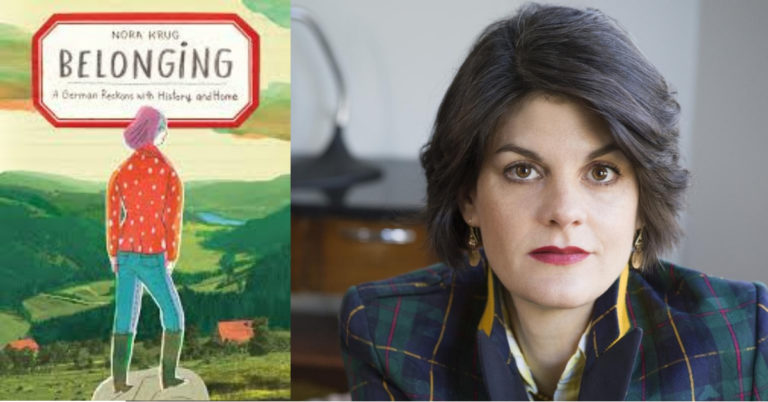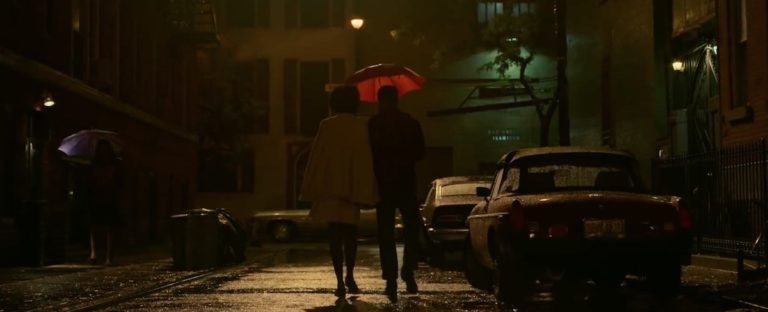
“I had no childhood,” James Baldwin informed a French journalist in 1974. “I was born dead.” The dark sentiment seemed to reflect Baldwin’s own despair over his childhood; his family was poor, his parents were restrictive, he felt torturously out of place in the narrow world of church and school his parents wished him to occupy, and he learnt, from early on, that his blackness made him both invisible to white Americans in certain situations and monstrously, dangerously present in others.
If childhood is often characterized (somewhat idealistically) in literature as a move from youthful innocence to adult experience, Baldwin appeared to be indicating that he had moved abruptly, sharply from one to another. The experience of the black child, he would write in that same decade in a famous piece for The New York Times, was feared by white Americans, so black children had to be kept in the night-dungeon of ignorance and simplicity, feared for their experience of—and refusal to “repudiate his experience” of—the iniquity and inequity of the world.
He said this to the journalist the same year he published what I consider his masterwork, If Beale Street Could Talk, a late novel about black Americans in love, systemic racism, and the injustice of the prison system. It was both a searing critique of American racism and a tender portrait of young black New Yorkers falling in love and sticking by each other, despite the oceanic weight of the world’s unfairness. Somewhat ironically, two years later, he would release Little Man, Little Man, a paean to the beauty and dangers of a black child’s experiences in Harlem, in which TJ, an African-American child based on Baldwin’s nephew, Tejan, provides a glimpse into a life as full of mundane fun as of threat—like the police officers killing black men that TJ describes like someone who has seen it all too often. A black child, the lesson seems to be, must often grow up quicker than other children. All of this, to me, made Beale Street astonishing. It had despair, but it also, importantly, had love. It lives resonantly today, with its explorations of police brutality, sexual assault, racist incarceration, and more.
Sadly, Barry Jenkins’ adaptation of If Beale Street Could Talk is a failure, at least compared to the majesty of its source material and to Jenkins’ extraordinary earlier venture, Moonlight. Jenkins’ film softens and often entirely removes the sharp edges of Baldwin’s novel. The most painful and shocking moments and messages are faint or don’t appear at all; instead, we have a film that must be praised for its gorgeous depiction of black Americans in love, but which could have been stronger with less glacial pacing and more faithfulness to the barbed, painful parts of Baldwin’s book. It has been defanged, declawed—and Baldwin’s novel works precisely because of those jagged, painful edges.
Baldwin deserves better.
Like the book, Jenkins’ film follows Tish and Fonny, a pair of young black Americans in Manhattan. Fonny has been accused of rape by a Puerto Rican woman, who simply claimed that a black man did it; despite the fact that Fonny seems to have been on the other side of the city when she was assaulted, he is put behind bars, anyway, by a racist white cop, Bell, who has long yearned to arrest Fonny.
Beale Street is magisterial to look at and, at times, moving. Yet Baldwin deserves something that hews closer to his intentions.The film’s policeman is a model of grotesquerie, walking forward with a grimacing swagger and gargoyle-like features; he looks bad, so, therefore, we can believe he’s “one of the bad ones.” But this choice to portray Bell in so exaggerated a manner misses the point of why systemic racism is so pernicious: we cannot tell, just by looking at someone, if they will be humane or horrific, exemplars or executioners. Racism may appear grotesque, like the film’s policeman who embodies this principle, but bigotry can as easily come from someone who appears beautiful and gentle.
There is a long tradition in art of associating evil with ugliness, alongside a similar tendency to describe the night and darkness as bad and dangerous, which, in turn, leads to assumptions about the supposed dangerousness of a dark-skinned person walking towards you on a sidewalk at night, when all of these elements come together; the more nuanced approach is to understand that good and evil inhabit all bodies, all forms. In the book, Bell is bad—“he’s already killed one black kid,” Tish reveals—but it’s clearer in the novel that he is simply a particularly clear example of a racially unjust system.
Ironically, the officer’s most grotesque act in Baldwin’s novel is never mentioned in the film: that when the Puerto Rican woman says it was a black man who assaulted her, Fonny is captured and made the sole black man in the lineup, making him the only possibly choice. The absurd cruelty of this is clear in the novel, but the film removes this small plot thread altogether, thus softening the edges of the barbaric cop who arrests Fonny. We know, in the film, that the game was rigged against him; what we do not see is just how severely that game was rigged.
It is not enough that we see a racist cop on screen—anti-black brutality from officers on the screen is nothing new, like the explicit murder of a young black man named Radio Raheem in Spike Lee’s Do the Right Thing (1989), or the casual racism of cops in more recent films like The Green Book and BlacKkKlansman. In Do the Right Thing, worlds collide in Bedford-Stuyvesant—Italian-Americans, Korean immigrants, African-Americans, Afro-Latinx New Yorkers—and it results, in a horrific final scene, in a white cop choking a black man and even lifting him, sputtering, off the ground, keeping the pressure on his throat long after another cop yells at him to stop. The officer wanted to execute him, and did, and pretended he did not by poking Radio’s body, urging his corpse to get up. This officer does not look like a villain; his very banality is the point, for he is the murderer walking in day or night, eager for our blood, our screams. As a result, this racist cop is more relevant in today’s discourse than Beale Street’s, because he is more terrifying in his ordinariness.
Baldwin’s novel, too, hints at the horrors of the carceral system. Daniel, Fonny’s friend and later witness (albeit held off from testimony by having been put in prison again), reveals, in a chilling moment, that he was raped in prison. (He was arrested for supposedly stealing a car, despite not even knowing how to drive, and because he had “a little grass” on him.) Prisoners rarely get a fair light shone on their world; Baldwin has Daniel reveal, sobbing the night Fonny is arrested, that “he had seen nine men rape one boy: and he had been raped. He would never, never again be the Daniel he bad been.” He has become consumed and convulsed by trauma. Beyond this, Daniel, once arrested again, will be “beaten until he changed his [testimony”—that is, white guards will maul him until he decides to lie and claim Fonny was, in fact, the man who assaulted the Puerto Rican lady. In the film, Daniel alludes, with horrified features, to what happened in prison; his expression speaks volumes by itself, as does his inability to articulate it. But Baldwin bravely chose to reveal Daniel’s trauma, shining light on abuse of many kinds. Jenkins’ film, by comparison, seems to skirt the issue.
Perhaps the movie’s ending differs most, leaving us on a more saccharine note than the novel’s uncertainty and funereal beauty. Fonny’s father commits suicide; shockingly, this is not present in the film. In the final sentence, Tish reveals that her child has been born, but its great wailing will not stop: “the baby cries and cries and cries and cries and cries and cries and cries and cries, cries like it means to wake the dead.” The child, then, is associated as much with life as with death; its howls call up the dead, and in a novel so deeply about chains on black bodies, the dead here perhaps refers to the vast stream of murdered black Americans through this country’s red centuries. Fonny is described as “working on the word, on the stone, whistling, smiling,” yet the child’s lamentations “from far away” are “coming nearer” and nearer, until they swallow up both Tish and Fonny. Fonny may not even still be with Tish, if the child is so “far way”; it is implied he may be home again, but we never learn this for certain. All Baldwin reveals is that the child shrieks, banshee-wails, a strikingly morbid tone on which to end the book.
The sentiment seems to poignantly echo Baldwin’s declaration about being born dead to a French journalist. Tish and Fonny’s child may be alive, but it is associated with death, its new bones calling to the old ones all around it. The ending, like the child’s future, is ambiguous, shifting from the image of a smiling Fonny to something more sepulchral and sinister, perhaps because Baldwin knew that the only appropriate ending for his novel of black love in a fiercely racist world was one of twilight shades, of star and night.
In the movie, however, the child, now old enough to talk and walk, goes with his mother to see Fonny, who is still in prison. In a cute but cloying scene, the boy says a prayer over the snacks Tish has brought for Fonny. To be sure, an ominous note lingers; Fonny remains in prison, after all. But the chilling ambiguity of the novel’s ending does not translate here, and I left the cinema feeling cheated, almost, and upset at myself for feeling so, given the film’s momentous importance, but knowing, all the same, my response was justified.
Jenkins meant well. Beale Street is magisterial to look at and, at times, moving. Yet Baldwin deserves something that hews closer to his intentions. Ironically, I imagine Jenkins could be the director who pulls just that off; he just hasn’t done so, as yet, to me.
If streets could talk, the title of book and film alike appears to ask, would we be prepared to listen to the stories they have to tell? Their stories, after all, would be scarier than any horror tale. For all the richness and wonder in Jenkins’ film, we are left without knowing what, exactly, Beale Street might tell us; we have glimpses of beauty, joy, and pain, but none approaching the comprehensive, emotional chiaroscuro Baldwin paints for us in his novel.
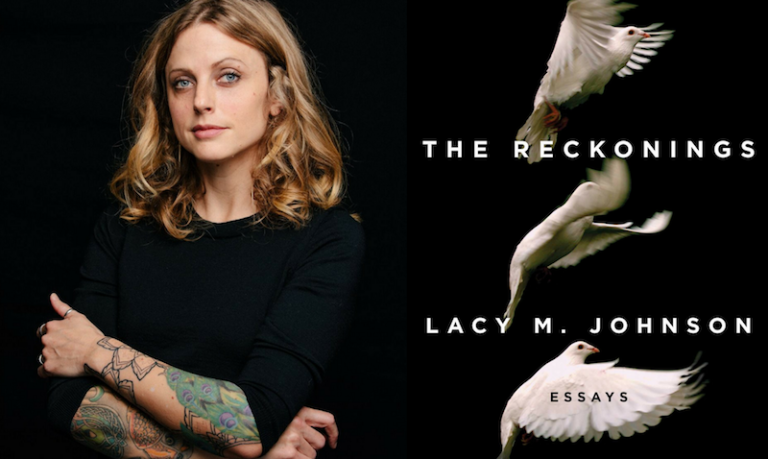




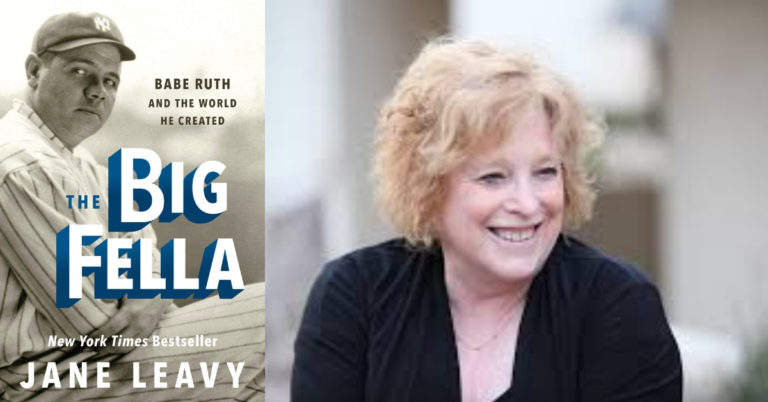







 Nik Cohn, I Am Still the Greatest Says Johnny Angelo
Nik Cohn, I Am Still the Greatest Says Johnny Angelo






